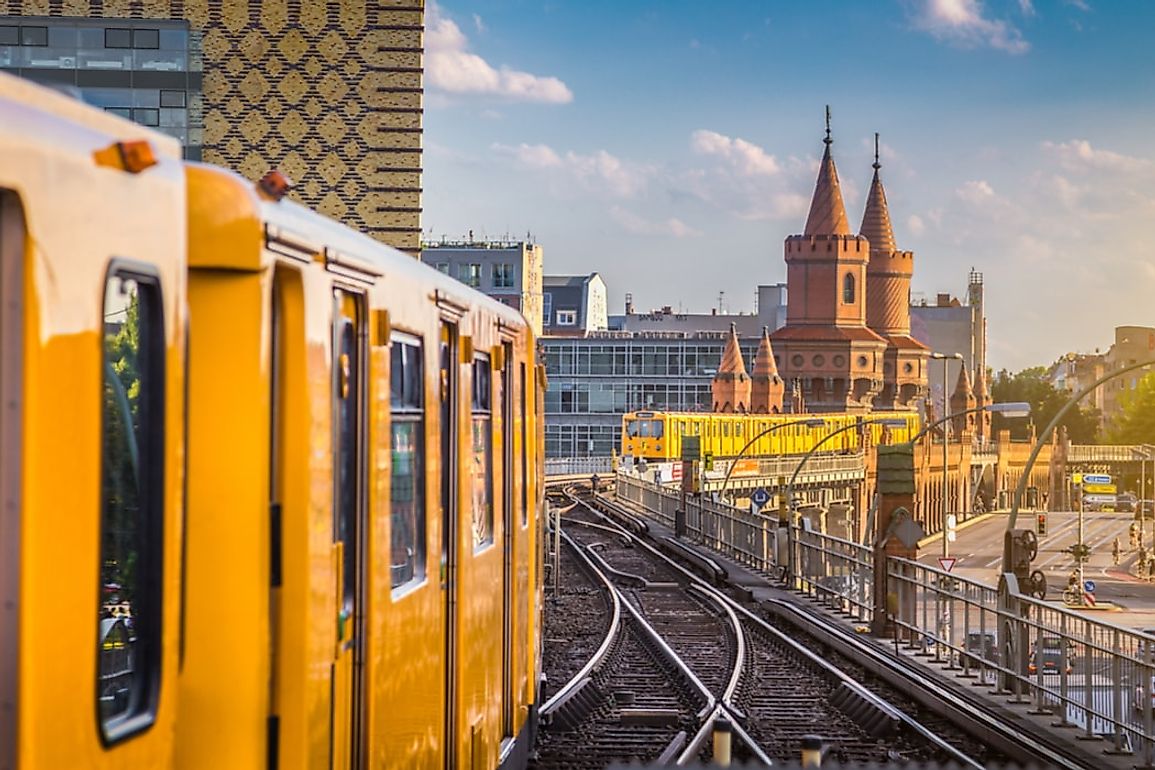The Top 10 Best Public Transit Systems in the World

10. Hong Kong

Almost 90% Hong Kong's population uses the public transit system. Road transport has also been developed to serve the growing population. The public transit system here, which mostly consists of double checker buses and an extensive metro system, is clean, safe, fast, and efficient. The Octopus card system makes it easier for riders to manage the payment of rides.
9. Tokyo

Tokyo is home to an extensive railway system. An astonishing 8.66 million passengers use the rail transport on a daily basis. The Tokyo metro system is known for its efficiency and ability to run on time.
8. Singapore

Public transport in Singapore is among the world’s most cost-efficient systems. The public transit systems range from rail, bus, and taxis, among many other modes of transport. Initially, bus transport was widely used in Singapore until the year 1987 when the Mass Rapid Transit was introduced. The ratio between the two systems is almost the same with passengers using buses being 3.9 million as compared to 3.1 million who used the MRT in the year 2016. The railway line extends over 198.6 kilometres with a total of stations being 119. The MRT is served by the Light Rail Transit (LRT).
7. New York

Rail transport is the dominant means of public transport in New York City. The New York City Subway is the largest subway system in the world by number of stations, with a grand total of 472. New York's subway is extremely iconic and features in many TV shows and movies.
6. Seoul

Seoul’s well-developed transport system has made it Asia’s transportation hub. The subway system here serves approximately 8 million passengers per day. Furthermore, taxis are used in transporting passengers especially to the airport or from airports and the railway stations.
5. Paris

The Paris metro covers a vast distance of about 214 kilometres long. Most of this system is underground and consists of 303 stations. The Paris Metro is Europe’s second busiest subway after the Moscow Metro. Furthermore, Paris public transit is served by buses and rams. These modes help in linking the various suburban cities close to Paris.
4. Madrid

Public transportation in Madrid is highly developed and easy to navigate. Even though Madrid is not amongst the world's most populous cities, their metro system is in fact the seventh longest by total length. Madrid's metro also has the distinction of being home to more escalators than any other system in the world.
3. London

The London Underground, or the "tube" is one of the world's most famous transit systems. Of course, London is also home to their famous double decker busses, which are equally if not more iconic. On the typical weekday, over 50,000 people use Waterloo Station, the system's busiest. The London Underground features a total of 270 stations.
2. Shanghai

Shanghai is home to an impressive rapid-transport system which consists of 15 lines. One of the newer systems on our list, the Shanghai metro was inaugurated in 1993 and has grown substantially since then. The system has a daily ridership of over 9 million people. On its busiest day, the system served 12 million customers! That's more people than all of the world's smallest countries combined!
1. Berlin

Berlin has an extensive public transit system that is known for its reliability and coverage. From the U-Bahn, which is mainly underground, and the S-Bahn, which serves the city center as well as its environs, getting around the German capital without a car is extremely easy. During peak hours, trains run no more than five minutes apart. The system has a daily ridership of around 1.5 million.











